The article is the second part of the Dr. Abhay bang's speech on Mohandas Karamchand Gandhi. At an event, in his speech he brought to light Why Mahatma Gandhi was not anti-science, infact he himself was a science. On the Birthday of Bapu, Kartavya Sadhana is publishing Dr. Bang's Speech delivered for Frontiers of Humanity’ lecture series under the ‘Gandhi, Science’ lecture series at Indian Academy of Science. The speech is converted into article form and divided into three parts. The article emphasizes how Gandhi as a scientist was unlike other scientists.
How was he different than scientists?
How was he different than us? Make no mistake. Gandhi was not great because he was scientific or because he used science. All of us do that. That doesn't make us Gandhi. Using science is commonplace. How was he different?
One, his yardstick to evaluate science was the purpose it was used for. Science had to have a meaningful purpose. Look what he says – “I would like to pay my humble tribute to the spirit of research that fires the modern scientists. My quarrel is not against that spirit. My complaint is against the direction that the spirit has taken. It has chiefly concerned itself with the exploration of laws and methods conducting to the merely material advancement of its clientele.” (1)
He praises the scientists and scientific spirit, but he complains that they are using their skills, their knowledge, only for the material advancement of the clientele. For him, this was too narrow a purpose, too shallow a purpose. Science often becomes a tool in the hands of those with capital, where it becomes a tool of profit-making or in the hands of government where it can become a tool of coercion and destruction. So most often, science and scientists end up making either capitalists or governments more powerful. Power to the capitalist or power to the government. In Gandhi's hands, science becomes a tool for social change and justice. He expects – “Unless all the discoveries that you make have the welfare of the poor as the end in view, all your workshops will be no better than satan’s workshops.”(2)
Ultimately, the welfare of the people should be the end in view. Gandhi uses no mild words. He says, unless you do that, all your workshops will be no better than ‘Satan's workshop’. He shakes us, hits us hard, forces us to examine for what purpose our science, our laboratories, our scientific careers are being used. Gandhi was great because, in his hands, science became a tool of social change and justice.
Let's take the example of sanitation, cleaning of toilets. Imagine, when Gandhi came to India, in 1914, no person of higher class or higher varna ever even looked at his toilet. That was the dirtiest place in the house to be cleaned by the so-called dirtiest people in the society, the scavengers, the Bhangi. Gandhi introduced the practice of cleaning toilets in his ashram. He did it first. He made it a common practice. He applied science for cleaning toilets. In this way, he achieved sanitation; he achieved health and major social reform – of getting rid of caste discrimination. He probably must be the first political leader to start cleaning his toilet, made a public movement of it. Even Jawaharlal Nehru, Rajendra prasad, and Vallbhabhai Patel, when they came to his ashram, had to clean their toilets. In Gandhi's movement, even the Brahmins in Maharashtra - Bhave, and Bapat and Patwardhan, started cleaning toilets, not only their own but of others also.
One Appa Patwardhan, a Brahmin gold medalist graduate from Maharashtra, joined Gandhi's movement. He was jailed. Now, the British did not allot him toilet cleaning duty for being Brahmin. The jail's rule book included rue- Brahmins must not be given menial work. But Appa Patwardhan said - I am Gandhi's soldier. It's one of the rules in my life that I clean my own toilet. You have to permit me a Bhangi’s work. That is my freedom. The British government refused that, so, he went on fast. A Brahmin going on fast for a Bhangi's work! Finally, the British government had to relent. So Gandhi, through his initiatives of cleaning toilets and sanitation, not only achieved ‘Swatch Bharat’, but he also transcended the Varna barriers. That was a revolution!
Gandhi was different in another way. He applied the moral test to science. “The advance of science has added not an inch to the moral stature of Europe. It has not reduced hatred and injustice.”(3) He criticizes European science; today we might call it the American science. The advances of science have not added an inch to the moral stature of Europe. “It has not reduced hatred and injustice”. This is what Gandhi expects from science - to reduce hatred, to reduce injustice, and to increase the moral stature of the population. His complaint is that science doesn't do it. Gandhi applies a moral test to science. At least at that time, science and scientists failed in that. How do they perform today? We need to introspect.
A test case of the morality of science, for Gandhi, was vivisection and dissection of living animals. For the sake of knowledge of anatomy or zoology, it was considered necessary. Gandhi, during his adolescence, wanted to become a doctor. One reason why he didn't go for that career was that vivisection was necessary for medical training, and his heart revolted against it. Gandhi opposes vivisection, even for the sake of gaining knowledge of the inside of the animals, for two reasons. First, the effect on the animal- pain, suffering, and death. Second, the effect on the scientist performing the cruel act of dissecting and killing a living animal. Yes, they are merely animals, maybe a frog, a rabbit, a monkey, or a Guinea pig. But the act of killing them is not many steps away from the cruelty to and killing of human beings. Gandhi didn't support vivisection, or rather actively opposed it, because it encouraged cruelty in the human heart, the heart of the scientist.
Today, cruelty against animals has become a global movement. However, a hundred years ago, people like Nehru, Aldous Huxley, or Meghnad Saha, the people of science, would laugh at Gandhi. ‘Oh, he is an anti-science man, doesn't want to dissect, doesn’t approve of scientific inquiry!’ they might say. Gandhi was not against the dissection of dead bodies, but he was definitely against the dissection of living animals. To him, this was a question of ethics, a moral test. To him, science could not be devoid of morality. What about you Sir?
One more difference between us, the people of science, and Gandhi were that science by its very nature is reductionist. The scientist with his tools of inquiry focuses on one minute, small part of the reality that he wants to study in-depth. What happens? Once I saw a cartoon. A scientist is sitting in the gallery with a telescope. A comet is expected to rise somewhere in the sky. So the scientist has focused his telescope in that direction, at a particular angle expecting to see the comet when it rises. He's waiting, keenly observing the narrow-angle of sky through the telescope. His housemaid enters with a cup of tea and she looks at the open sky. She points out somewhere else and says, “Oh, the comet!” The scientist missed because he's focused very narrowly. The housemaid might be illiterate, but she's open, she sees the whole sky and can see the comet raising somewhere else.
Gandhi sees the whole sky. He sees the whole truth. He doesn't see only a narrow picture, a fragmented view of life. He looks at life as an integrated whole. Everything is connected with everything else. Take Khadi that he promoted. Khadi provides market to the cotton of the farmer, gives wages to the spinner and the weaver, encourages local production and consumption – that is Swadeshi, and supported freedom movement. Khadi brings the people of the upper class closer to the poor people. Gandhi has an integrated, holistic view of change. He achieves multiple outcomes in one stroke – the Khadi.
Ish avasyam idam sarvam
Finally, one more difference between Gandhi and we the people of science, is that for Gandhi nothing is only material, inanimate, or dead. Everything in the universe is permeated by the Life principle. Once, Mahatma Gandhi had gone to Allahabad. Jawaharlal Nehru invited him for dinner. After completing the meal Jawaharlal himself was pouring water on Gandhi's hands for cleaning. At the same time, they were absorbed in talking about some national issue. Gandhi had completed his hand-washing but Jawaharlal, as he was looking at Gandhi's face, continued to pour water. Mahatma Ji said – Jawahar, you are wasting water.
Jawaharlal, jokingly said, “Bapu, this is Allahabad. The Ganga and Yamuna flow here. There's no dearth of water”. Gandhi’s reply was, "Yes Jawahar, Ganga, and the Yamuna do flow here, but they don’t flow for your sake !” He is reminding Jawaharlal that he had no right to waste even a drop of water just because it was only material. Everything here is sacred. ‘Ish avasyam idam sarvam’. Everything here is permeated with divinity and true principle. This view is different than our view. We look at everything at Jada, only as inanimate material. Gandhi looks at everything as material that is sacred and divine.
Thus, Gandhi's greatness is located outside of science. It is located in his moral dimension. He summarises this moral dimension into two words. Truth and Nonviolence. Shambu Prasad beautifully says, “Though a great believer in science, he was clear of its role in the cosmos, in this universe. Science to him was not above truth and nonviolence. Truth and non-violence were truer than many so-called scientific facts.”(4) If it is so while appreciating Gandhi for his use of science, we ought not to forget that Gandhi's uniqueness is not in science, but it is in truth and non-violence.
Gandhi’s Truth and its Science
Let's try to understand what is the science behind his nonviolence and the science of truth. What is the science underlying truth? Scientists and Gandhi have a common goal; they are seekers of truth. For Gandhi, truth is the ultimate goal of life. While earlier he used to say, "Truth is next to God ". Then he started saying, "Truth is like God". And finally, Gandhi used to say, "Truth is God". What a statement! A religious and person of faith saying this, thereby implying that there is no other God. Truth is God. That is Gandhi's position about truth.
For exploring the material aspects of life, Gandhi used common scientific instruments such as the weighing scale, microscope, and telescope. But for touching the moral or spiritual aspect of truth, Gandhi had some other method. What was that method? He hinted about that method to the students of the Indian Institute of Science in Bangalore in 1929. Look, what he tells them. “I tell you, you can devise a far greater wireless instrument, which does not require external research, but internal – and all research will be useless if it is not allied to internal research.”(5)
So he had some other instrument for this internal research. What was it? During one discussion with Rajagopalachari, he said that he treated his mother, who was so well versed in the art of fasting, as a scientist. Why? “One who is pure, who adheres to truth, and wants to cling to it is as much a scientist as a physicist". The Physicist is of course the purest scientist, but then Gandhi is saying that his mother was close to that because she was pure. She fasted, she purified herself. Here we have a glimpse. Gandhi's method to know the moral aspect of truth, the spiritual truth, was purifying the self. He had his Ekadashi Vrata, the eleven rules of conduct, eleven vows. These were all for purifying the conduct, the heart, and the life. Additionally, he used fasting as a method to purify himself, purify his heart. And finally, the prayer. Prayer is an acceptance that my strength has a limit, beyond which, I can't go any further. So finally I surrender, I pray to the symbol of truth, the Ramanan.
If you can make yourself zero, that is, your ego becomes zero, if your heart is clean, your life is clean, as Gandhi tried to make himself. What appears in the mirror of your heart is the reflection of moral truth. Gandhi calls this ‘the inner voice’. When he took that decision of withdrawing the national movement because of the Chauri Chaura episode, he said - "my inner voice tells me that you were wrong. The whole world may go against me, but I'll follow my inner voice. That inner voice, to him, was like the message of God or the voice of conscience". Gandhi could connect with that through a particular method. It was not an accident. He had a method - Your speech must be purified, it should be truthful, your behavior should be non-violent, you should follow brahmacharya, disciplined and restrained life, sharir-shram (physical labor), fasting, prayer, and finally submit to God's will. This is like cleaning your lenses. And in that clean state, you get the vision of truth.
Of course, this is opaque to us. We don't understand. We know only the material methods of measurement and verification. We don't want to take the effort to clean our hearts. Why bother? We clean our body, but not our heart, not our conduct. And so we, the intellectuals and the scientists, conveniently labelled him as superstitious, one who talks about mystical things such as the inner voice. Because we can’t connect with the inner voice, we said, nobody can. But Gandhi accessed moral truth, spiritual truth through this kind of process.
- Dr. Abhay Bang
- Mahatma Gandhi; Inauguration of Tibbia College, New Delhi, 1921 (CW, 19: 357-358)
- Mahatma Gandhi; (CW 34: 156-57)
- Mahatma Gandhi; (CW 12 : 146; 16: 106-08 and 18: 235-36)
- Shambu Prasad; (EPW, 2001, p. 3732)
- Mahatma Gandhi; (Indian Institute of Science, Bangalore 1927)
About Dr. Abhay Bang
Dr. Abhay Bang grew up in Sevagram ashram of Mahatma Gandhi and he was inspired by Gandhiji. He trained in medicine in India and in public health from the Johns Hopkins University. He is founder of the voluntary organization, called Society for Education, Action and Research in Community Health (SEARCH).
Click here to read Part-1 & Part-3
Tags: October2 Science Gandhi Through Science Load More Tags

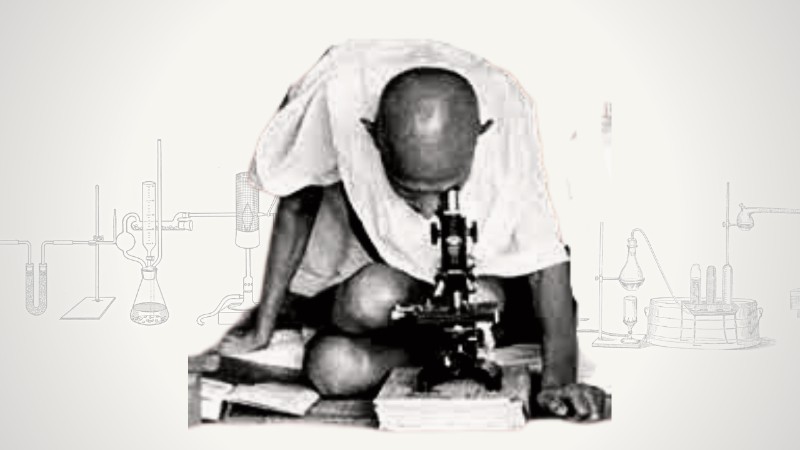
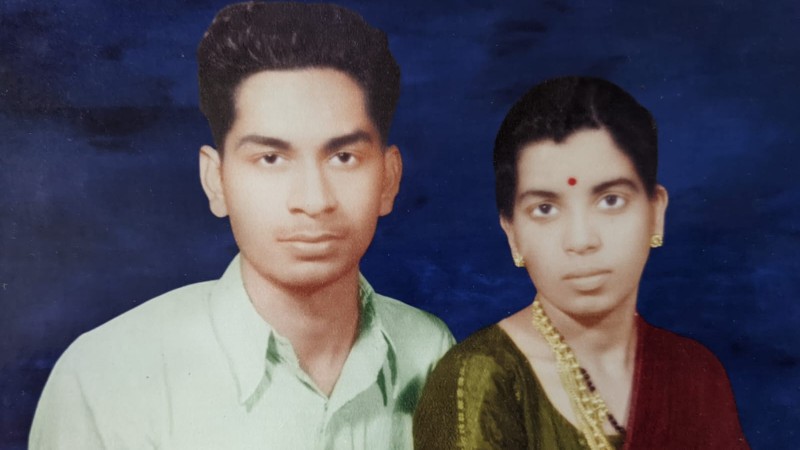
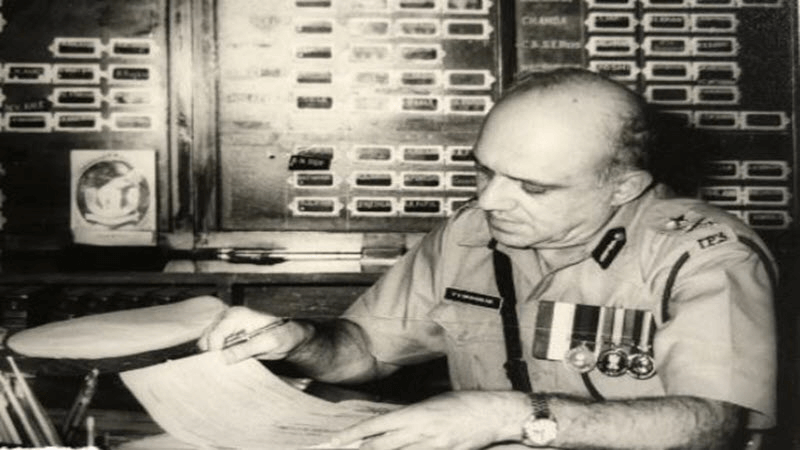
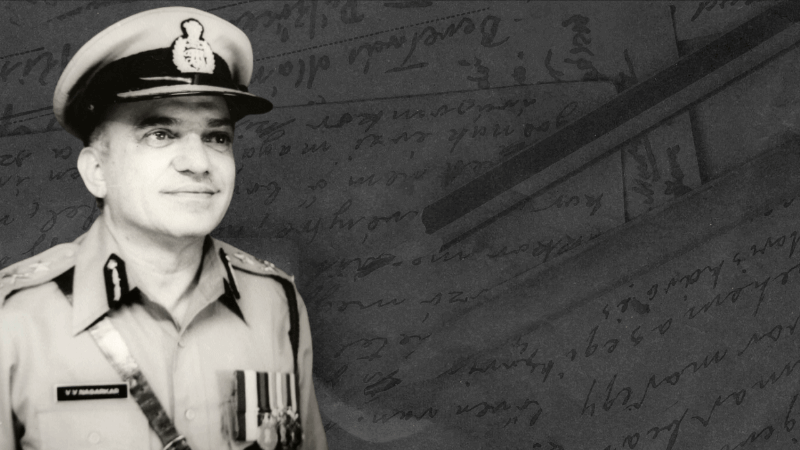
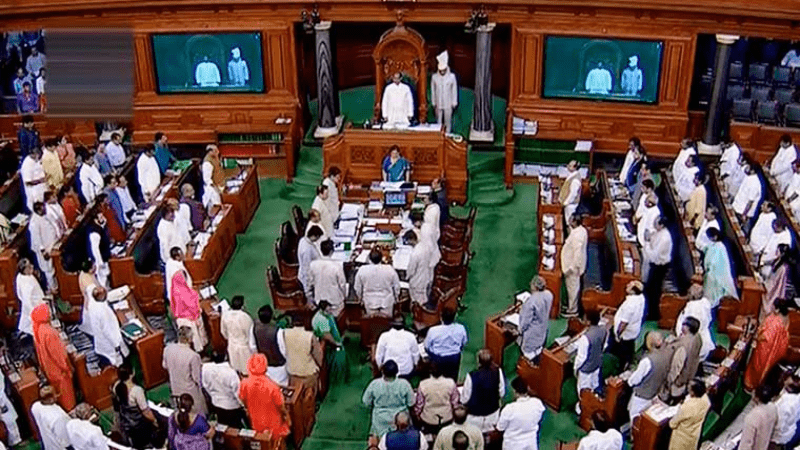

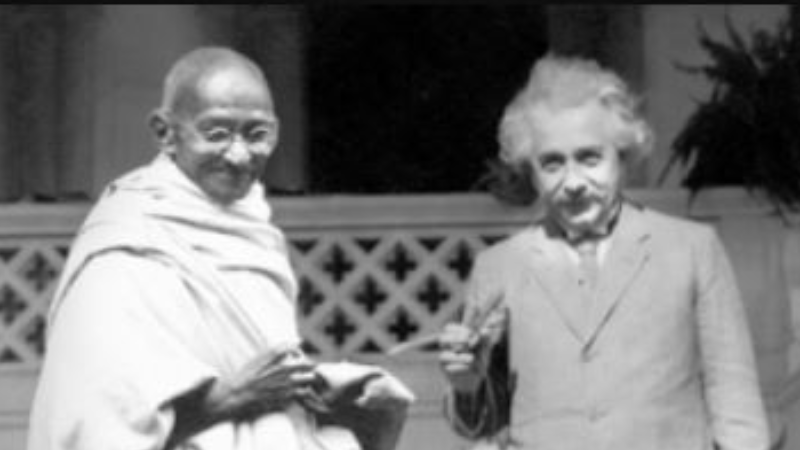
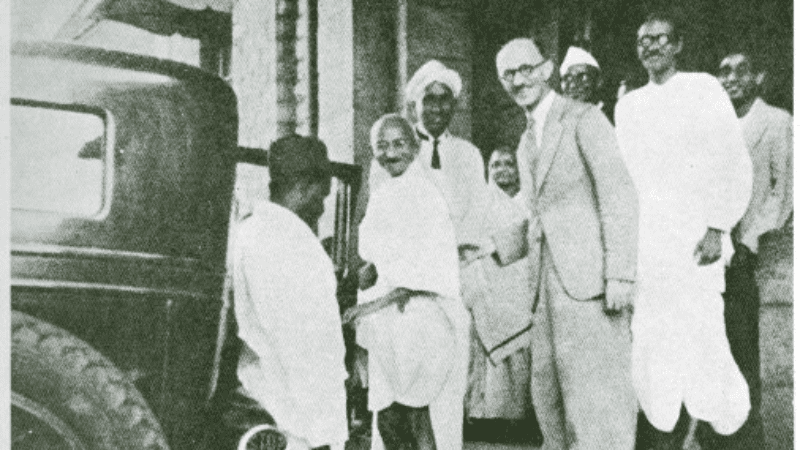

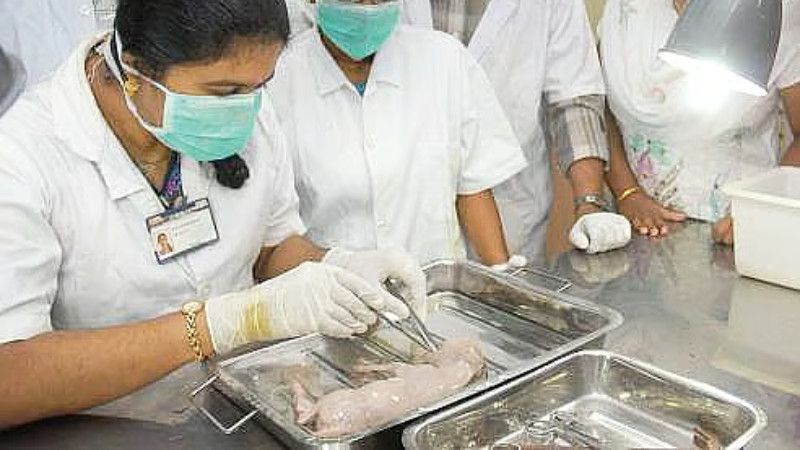
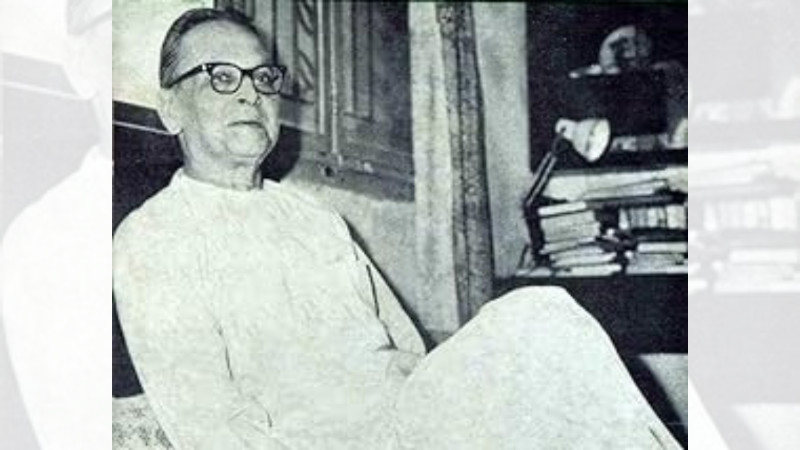
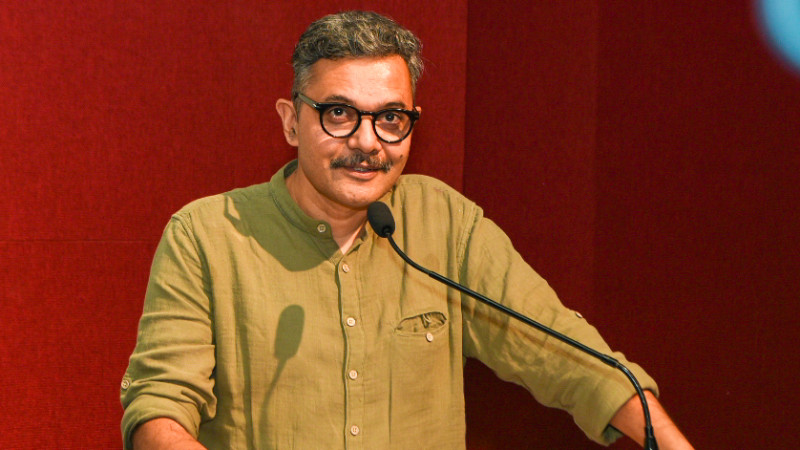

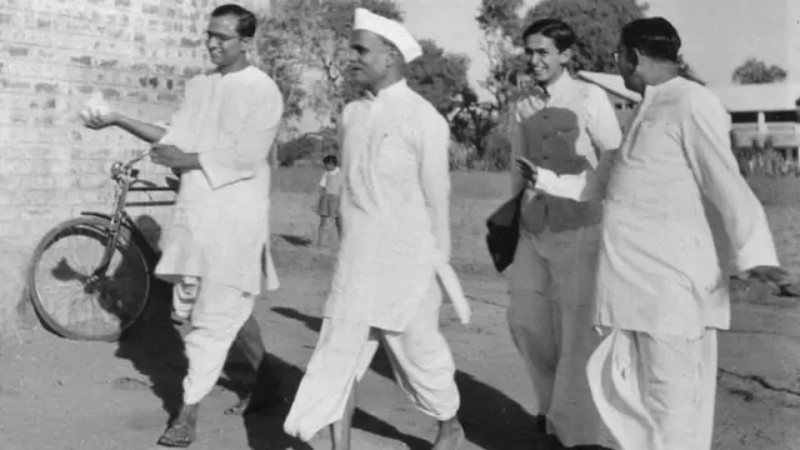
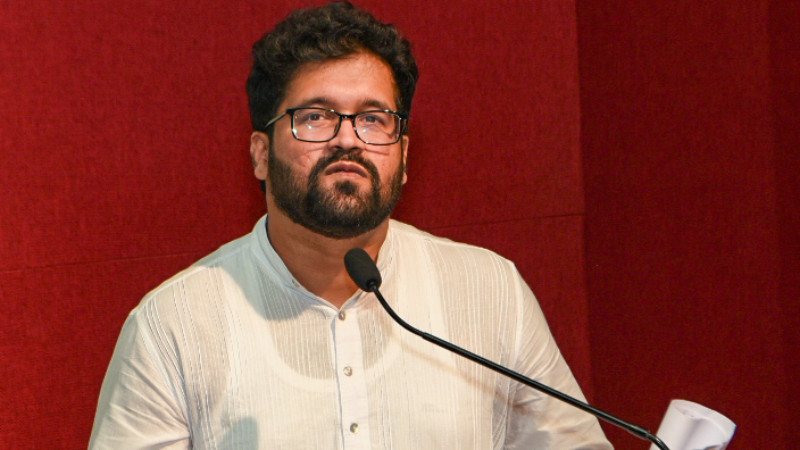
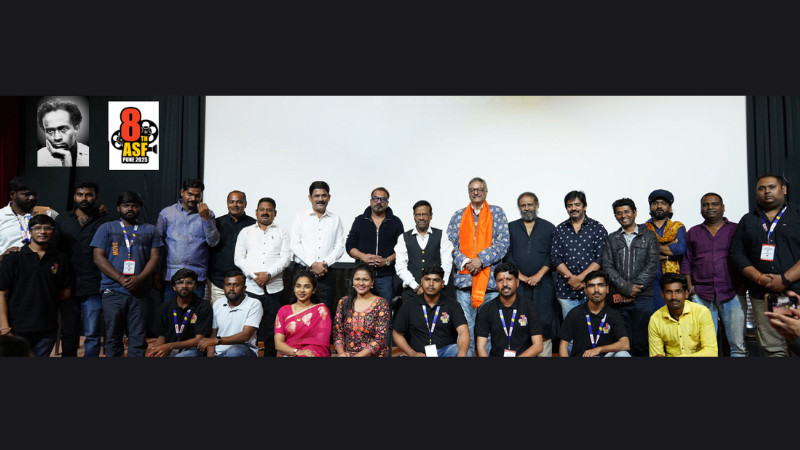

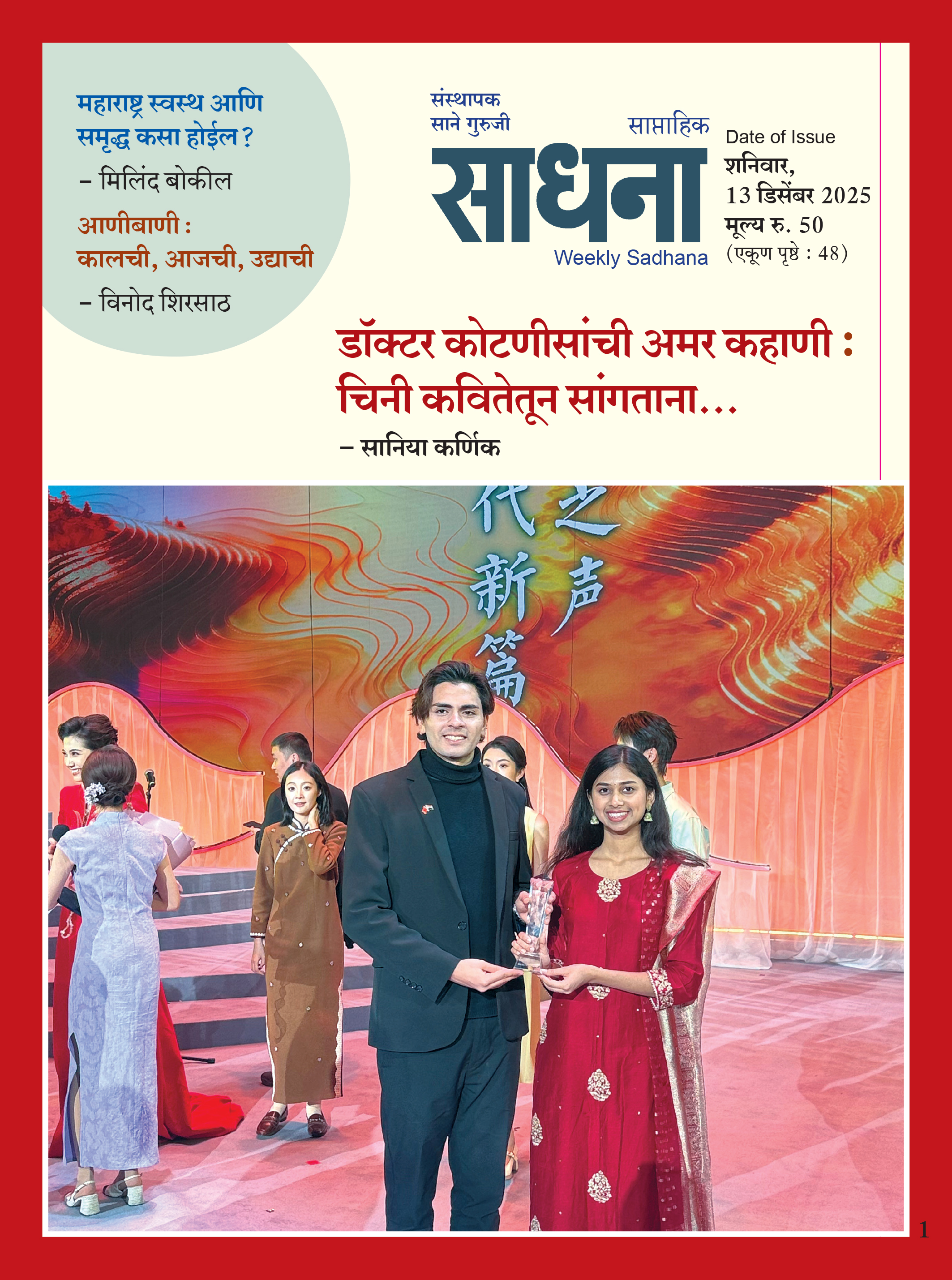













Add Comment